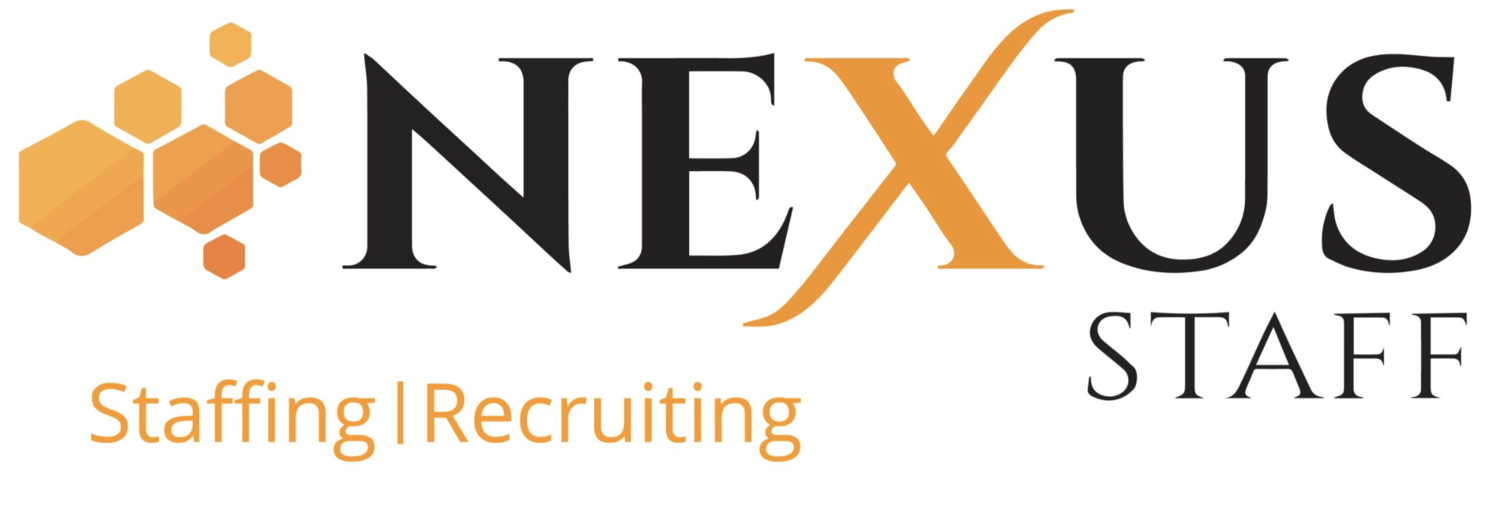Inherent And Acquired Diversity In The Workplace – What’s The Difference?
While diversity focuses more on a mix of various demographics i.e. race, age, education level, etc., inclusion refers to the environment in which these diverse groups come together and interact. From an organizational perspective, this means on a diverse team, people from these different groups are represented while on an inclusive team, each person in these groups has the same opportunity to have their voices heard and their input valued.
In other words, diversity and inclusion go hand in hand. While diversity can be seen as the “who” and “what” of an organization, inclusion is the “how.” Despite these differences, diversity and inclusion need the other to work. Without one, the other will not be attainable. For example, if a diverse team is not also inclusive, there is no room for this team to successfully grow and vice versa. Therefore, in order to reach the goal of a truly diverse and inclusive workplace, it’s important to understand exactly what each of these words entail, including the difference between inherent and acquired diversity, explained below.
Inherent diversity
When it comes to inherent diversity, this can be thought of as the characteristics a person has inherited from when they were born or what will become of them simply because it is who they are. Inherent diversity is made up of characteristics that are the fundamental basis of who that person is, regardless of the decisions they make or the experiences they will face. This means their race, ethnicity, age, sexual orientation, etc. A person is given these unique qualities and they can not change or alter them throughout time.
Acquired diversity
On the other hand, acquired diversity is made up of the characteristics people have acquired throughout the different experiences in their lives. Rather than being predetermined at birth, this diversity refers to learned behaviors or traits that will develop over time. This can mean a person’s education level, the places they have lived or will live, their socioeconomic status, and more. While these characteristics may be influenced by a person’s inherent characteristics, acquired diversity can and will change over time as a person faces their own unique experiences.
Which diversity should organizations strive for?
Rather than focusing on one type of diversity, organizations should aim to pull qualified candidates from both groups. This means organizations shouldn’t think of either type of diversity as a quota that needs to be met or items on a list that can merely be crossed off. When both of these groups are not only represented, but also included, that is when an organization will be able to see the positive effects diversity can bring – from better everyday decision making to overall better organizational performance.
How to incorporate both in the workplace
In order to create a successful workplace where differences are celebrated, it means organizations need each of these aspects – inherent diversity, acquired diversity, and the inclusion of both. It is not enough to simply hire diverse talent and diverse voices without giving each one the opportunity to be heard in their position. Instead, organizations must take the responsibility of implementing meaningful programs and initiatives, listening to valuable feedback, and acknowledging the need for change wherever necessary.
Establishing diversity and inclusion with inherent and acquired diversity in mind begins with the right environment and the right team. Whether you're looking to diversify your talent pool or want to be connected with a diverse organization, Nexus is here to help. Contact us today to get started.







